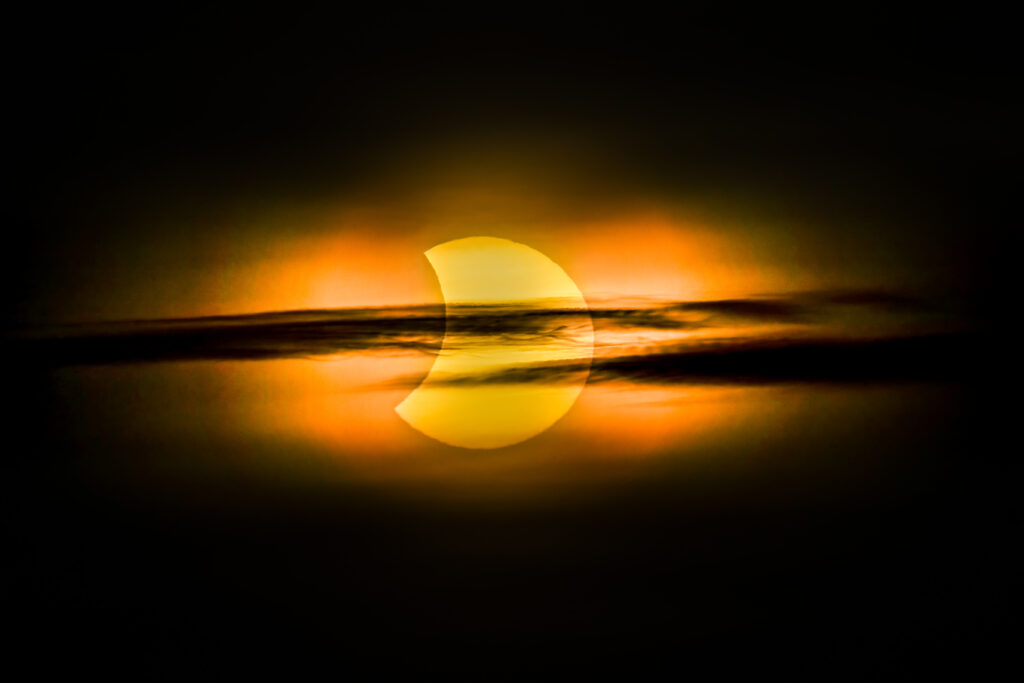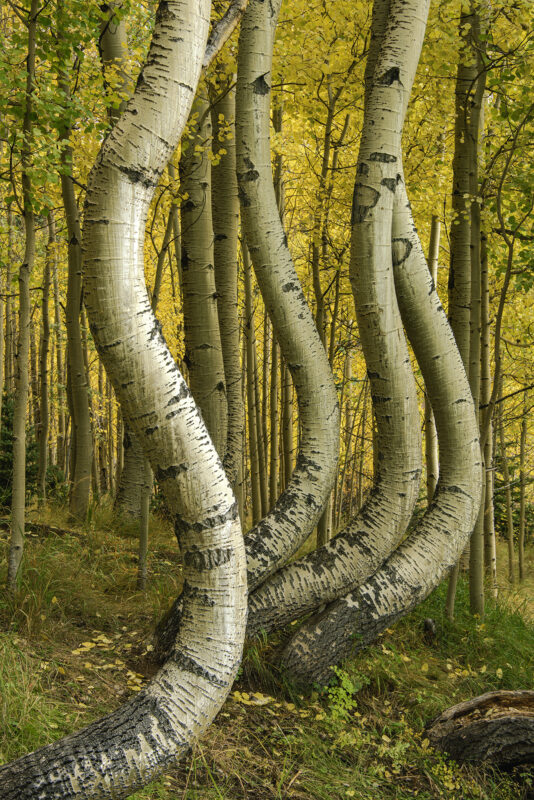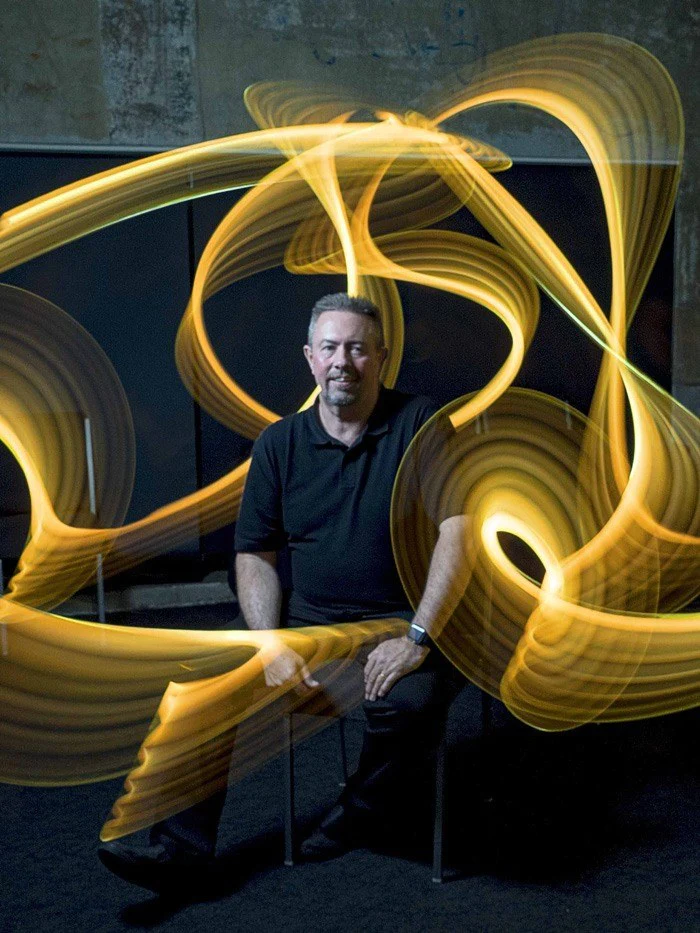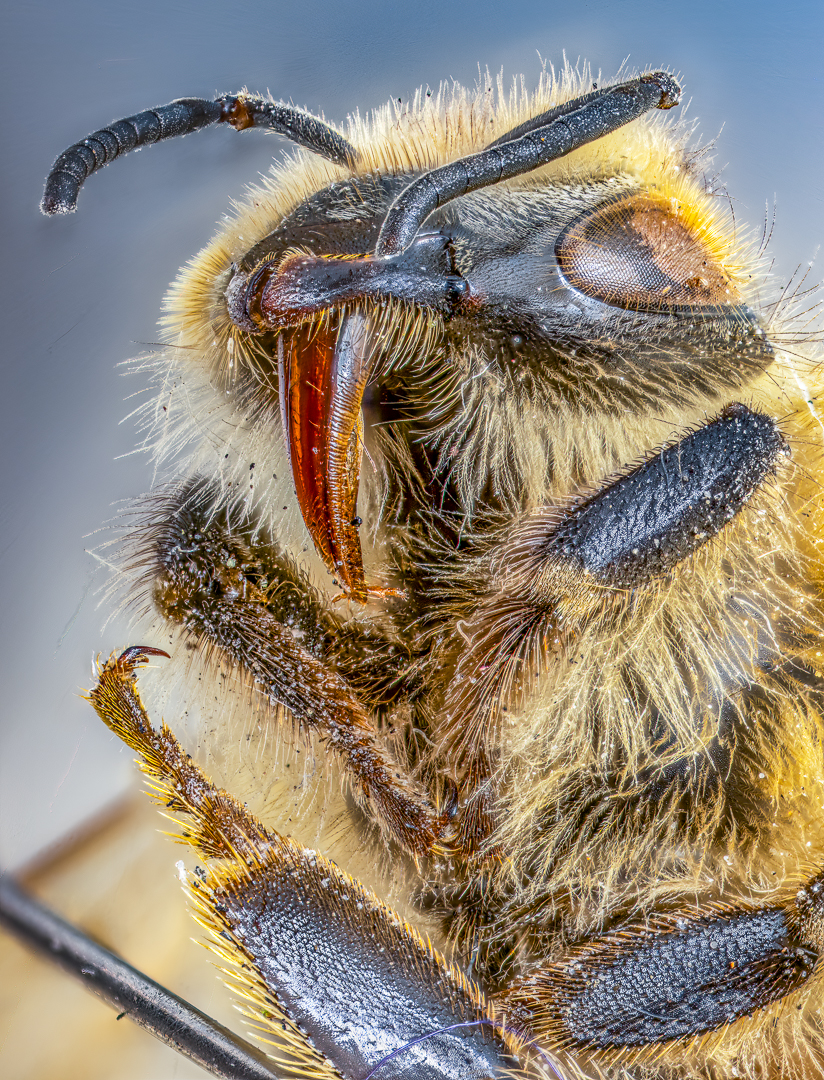A street photography camera can really be any camera you have in your hand and if there is any type of photography in which technical perfection isn’t necessarily exalted the way it tends to be in portraiture and landscape photography, it’s street photography.
It isn’t that shoddy work is acceptable, rather street photography is more about capturing a moment — often in crowded, fast-moving environments.
Accordingly, this is why it is often said that you can do street photography with any camera.
While I generally subscribe to this ideology, I might also make the case for those who are interested in getting more serious about street photography investing in a dedicated street photography camera more suited to the craft.
With that in mind, here are four things to keep in mind when choosing a street photography camera.
1. Image Quality
Content is far more important than image quality in street photography. That’s not to say image quality doesn’t matter at all, but the fact that good photographers are making good images with mobile devices lends credence to the idea that there really isn’t a truly bad camera (or sensor) on the market today.
In terms of pure image quality, a dedicated camera (mirrorless or DSLR) certainly represents an upgrade over a mobile device but that gap has narrowed in recent years and will likely continue that trend.
In fact, this leveling of the technological playing field extends to a number of other important considerations such as full frame vs. crop sensor and megapixel count. For the street shooter, a 20 megapixel full frame camera bears no real advantage over a 20 megapixel crop sensor camera unless, of course, you intend to do a lot of low light photography where a full frame sensor would be advantageous.
In short, don’t become preoccupied with image quality. You can’t go wrong with any of today’s cameras (and often old-ish cameras hold up perfectly well).
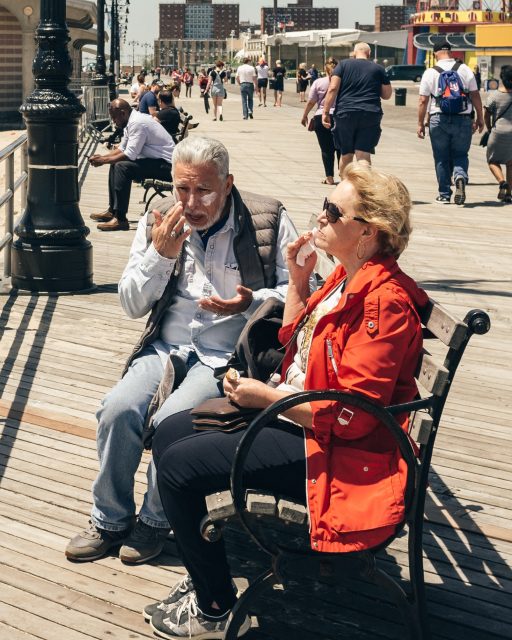
2. Camera Size
Small cameras are a staple within street photography. A small camera helps you to operate as inconspicuously as possible when your goal is to photograph candid moments in public spaces.
A small camera is also a lighter camera, something that presents a distinct advantage over a larger, heavier camera when you're walking around all day. Portrait and landscape photographers traditionally have had to carry not only bigger cameras but also more gear (tripod, flash, additional lens) than street photographers.
Of course, there’s no rule that says you can’t or shouldn’t use a full frame DSLR for candid street shots, but if you value stealth and minimalism then it is in your best interest to seek out a small camera.
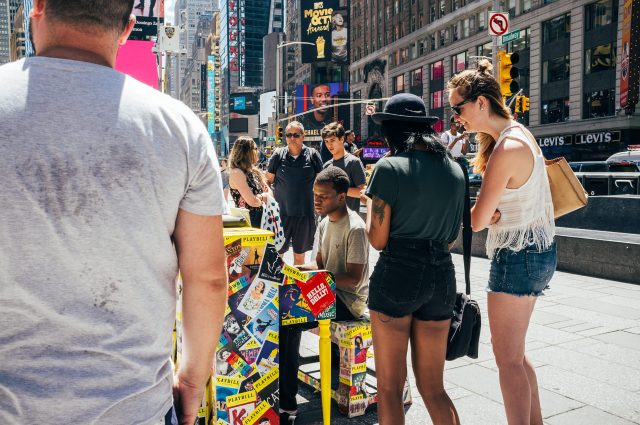
3. Design, Handling, And Ergonomics
There are cameras that just “feel right” in your hand and are effortless to use. When you find such a camera, keep it and treasure it. A beautifully designed camera that is also a joy to use is, in essence, the perfect camera.
Which means there are many perfect cameras out there.
You don’t want a camera that’s too small or too large for your hands. You do want a camera whose controls are laid out in a logical (to you) manner. And while a camera’s looks may not be a top concern, its design and aesthetics can have a significant impact on how inspired you are to pick it up and use it.
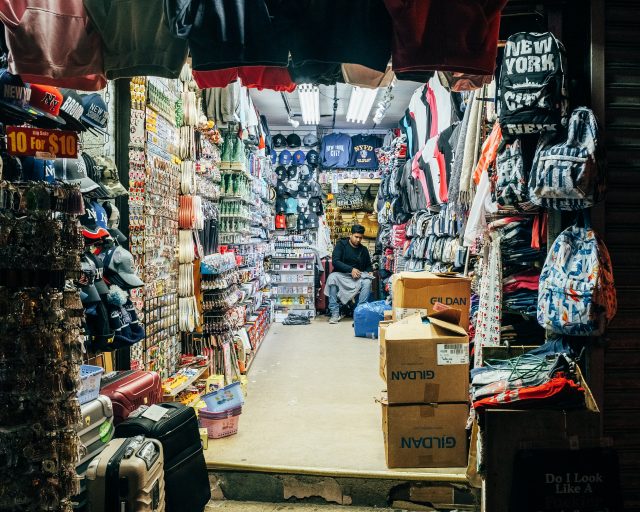
4. Lens Type
Fixed or interchangeable? That is the question.
- Fixed lens cameras: If you’re content to shoot everything at one focal length, you may prefer a fixed lens camera. Given that street photographers do tend to prefer a specific focal length (28mm, 35mm, and 50mm are common choices), fixed lens cameras are popular in this field. Such cameras typically small and lightweight, and they allow you to concentrate more pointedly on photography itself rather than gear.
- Interchangeable lens cameras: If you want to experiment with various focal lengths or if you want your street photography camera to serve in other photographic capacities, then you might prefer the versatility of an interchangeable lens camera. For example, you can attach a small prime lens for street photography and switch to a zoom lens for wildlife.
Options abound, so choose whatever falls most in line with your needs and preferences.
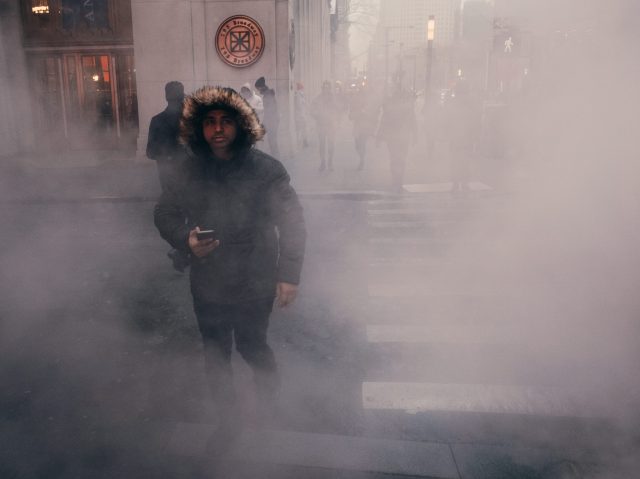
Final Thoughts On Choosing A Street Photography Camera
While there are surely other points that one might bear in mind when looking for the ideal street photography camera (focusing speed, optical viewfinder vs. electronic viewfinder), it’s important to avoid the “paralysis by analysis” trap that is so easy to fall into.
There are dozens of technologically sound cameras out there, all of which are capable of producing high-quality images. Beyond that, it really only takes a handful of features for a camera to be considered a competent street photography camera.
From this perspective, the shooting experience you have with a camera outweighs any given camera’s bells and whistles.

